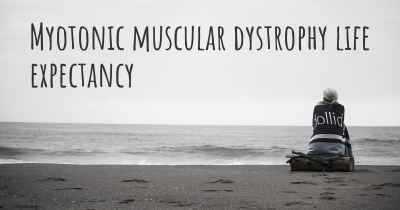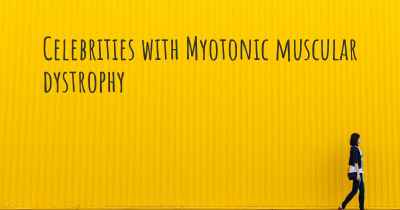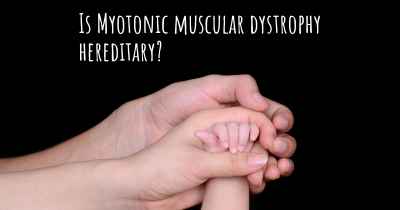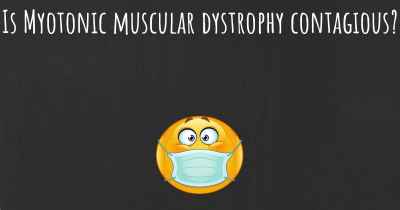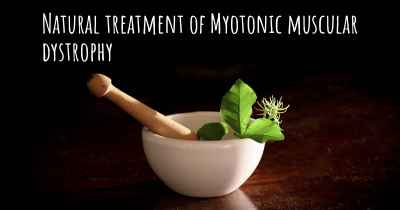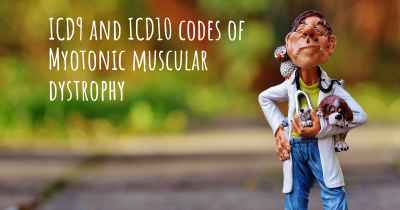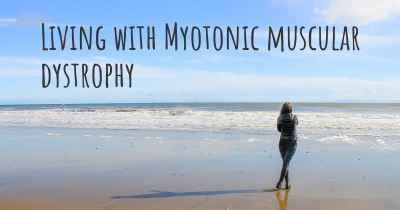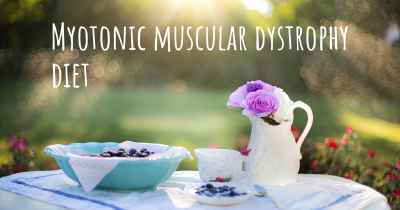Is it advisable to do exercise when affected by Myotonic muscular dystrophy? Which activities would you suggest and how intense should they be?
See if it is advisable for people with Myotonic muscular dystrophy to practice sports and which ones are the most recommended if you have Myotonic muscular dystrophy
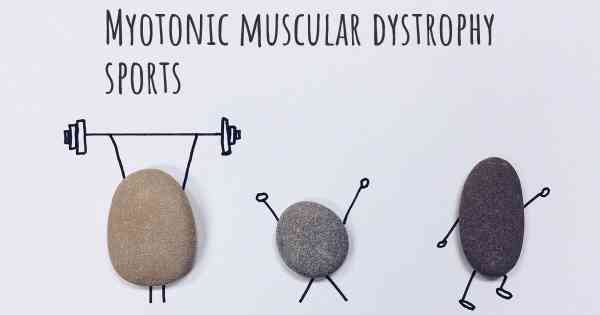
Myotonic muscular dystrophy (MMD) is a genetic disorder that affects the muscles and can lead to muscle weakness, stiffness, and wasting over time. It is important for individuals with MMD to maintain an active lifestyle and engage in regular exercise, as it can help manage symptoms, improve muscle strength, and enhance overall well-being.
However, it is crucial to approach exercise with caution and tailor it to the individual's specific needs and abilities. Consulting with a healthcare professional or a physical therapist who specializes in neuromuscular conditions is highly recommended before starting any exercise program.
Benefits of Exercise for MMD:
Regular exercise can provide several benefits for individuals with MMD:
- Improved muscle strength: Engaging in resistance training exercises can help strengthen muscles, which may help compensate for muscle weakness caused by MMD.
- Enhanced flexibility: Stretching exercises can help improve flexibility and reduce muscle stiffness, which is a common symptom of MMD.
- Better cardiovascular health: Aerobic exercises, such as walking, swimming, or cycling, can improve cardiovascular fitness, endurance, and overall heart health.
- Improved mood and mental well-being: Regular physical activity has been shown to boost mood, reduce stress, and improve overall mental well-being.
- Weight management: Maintaining a healthy weight is important for individuals with MMD, as excess weight can put additional strain on weakened muscles.
Recommended Exercises for MMD:
When it comes to exercise for individuals with MMD, it is important to focus on low-impact activities that minimize the risk of injury and muscle strain. Here are some exercises that are generally considered safe and beneficial for individuals with MMD:
- Walking: Walking is a low-impact aerobic exercise that can be easily modified to suit individual fitness levels. It helps improve cardiovascular health, muscle strength, and overall endurance.
- Swimming: Swimming and water-based exercises are excellent choices for individuals with MMD, as they provide resistance without putting excessive strain on the muscles. Water also helps support the body, reducing the risk of falls or injuries.
- Cycling: Cycling, either outdoors or on a stationary bike, is a low-impact exercise that can help improve cardiovascular fitness and leg muscle strength.
- Stretching: Regular stretching exercises can help improve flexibility, reduce muscle stiffness, and enhance range of motion. It is important to focus on gentle stretching and avoid overstretching or bouncing movements.
- Resistance training: Light resistance training using resistance bands or light weights can help strengthen muscles. It is crucial to start with low resistance and gradually increase as tolerated, while always maintaining proper form.
Exercise Intensity and Safety:
When it comes to exercise intensity, it is important to start slowly and gradually increase the duration and intensity of the workouts. This allows the body to adapt and minimize the risk of muscle strain or injury. Listening to the body and avoiding overexertion is crucial.
Individuals with MMD should also be mindful of their energy levels and any specific limitations they may have. It is important to pace oneself and take breaks as needed during exercise sessions. Fatigue is common in MMD, so it is essential to find a balance between staying active and not overexerting.
Additionally, it is important to pay attention to any warning signs during exercise, such as severe muscle pain, shortness of breath, dizziness, or chest pain. If any of these symptoms occur, it is important to stop exercising and seek medical attention.
Conclusion:
Engaging in regular exercise can be highly beneficial for individuals with Myotonic muscular dystrophy. It can help manage symptoms, improve muscle strength, enhance flexibility, and promote overall well-being. However, it is crucial to consult with a healthcare professional or a physical therapist to develop a personalized exercise plan that suits the individual's specific needs and limitations. Remember to start slowly, listen to your body, and prioritize safety during exercise sessions.
